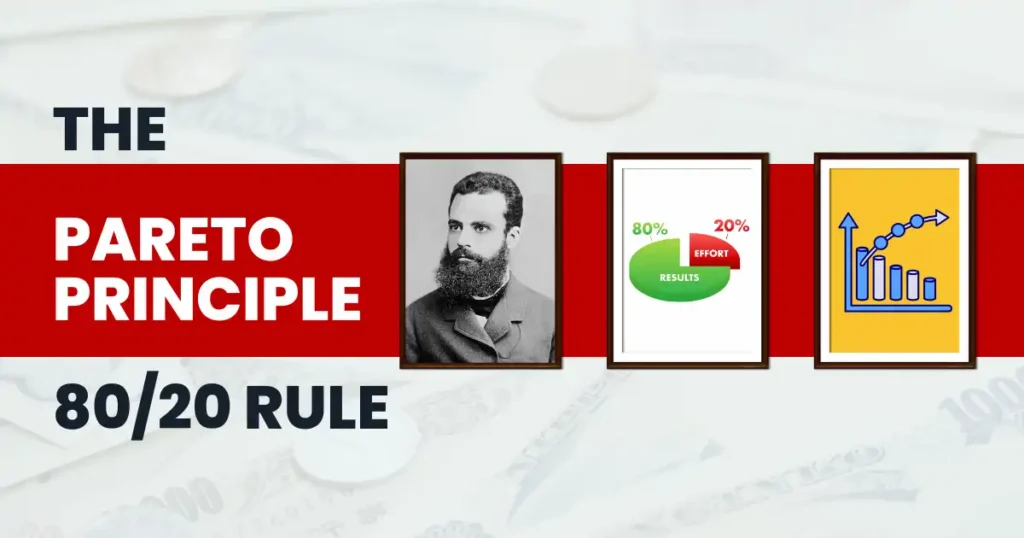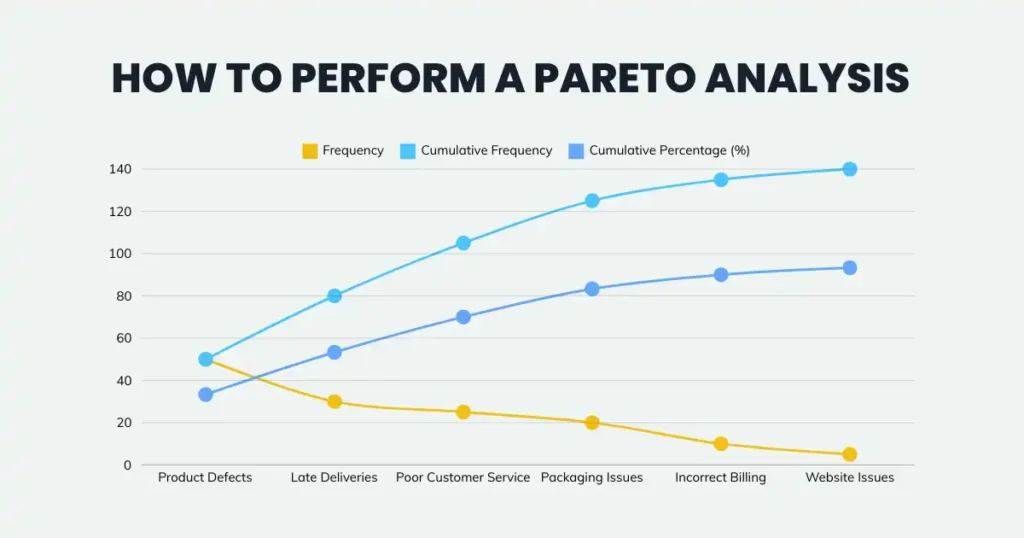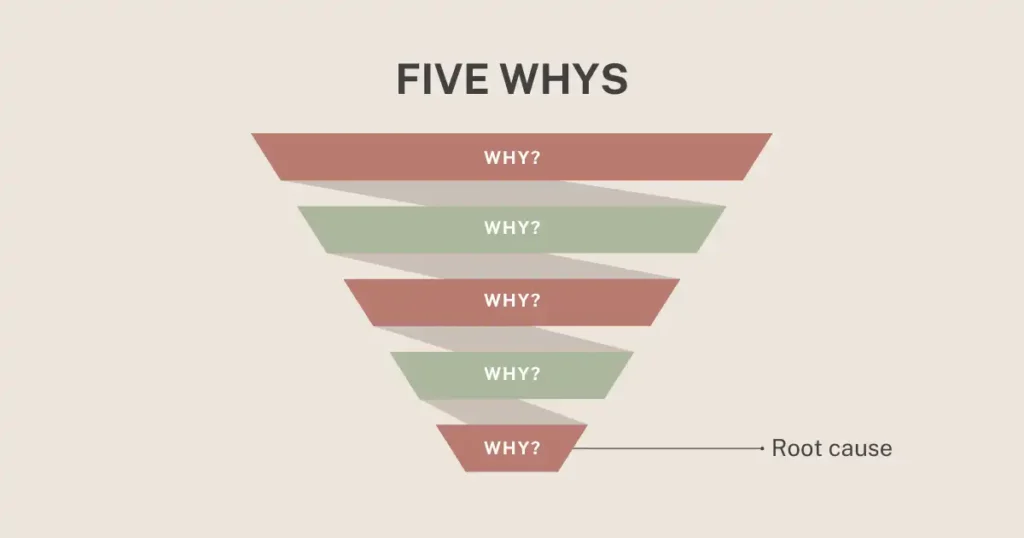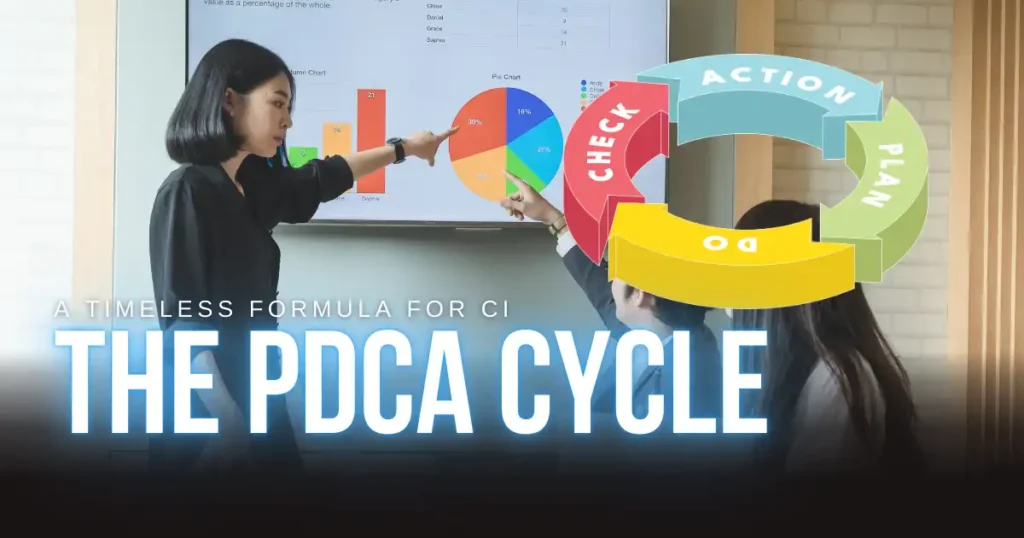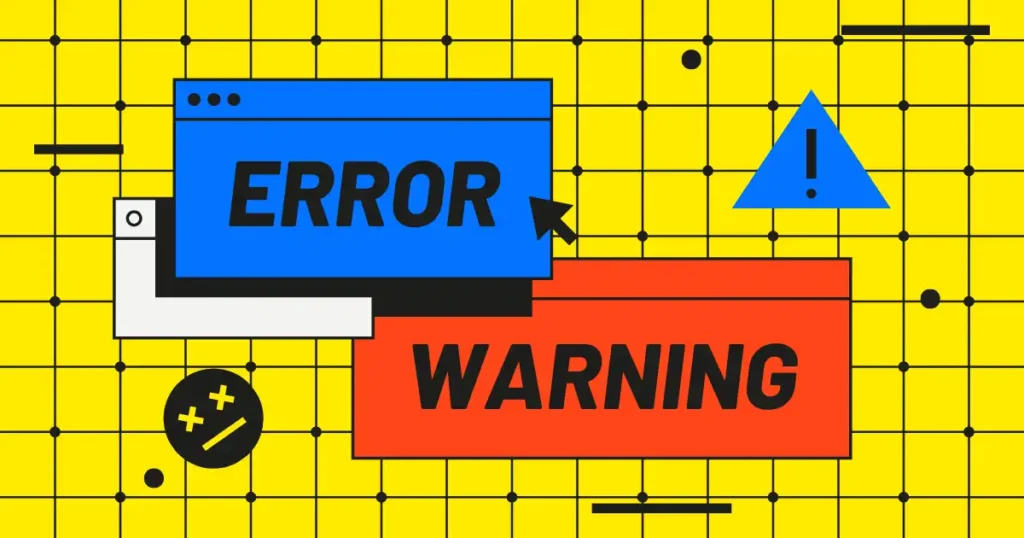Table of Contents
Pareto Analysis, also known as the 80/20 Rule, is a powerful principle that reveals how a small number of inputs often lead to a large portion of outcomes. This rule was discovered by Italian economist Vilfredo Pareto in 1896 when he noticed that 80% of the land in Italy was owned by just 20% of the population. Over time, this observation has been applied beyond economics to a wide variety of fields, including business, quality control, time management, and personal productivity.
Understanding and applying the 80/20 Rule can help individuals and organizations focus on the most impactful areas, leading to better decision-making and resource allocation. Whether you’re looking to optimize your business processes or improve your personal time management, the Pareto Analysis is a valuable tool to identify what truly drives results. In this post, we will explore the fundamentals of Pareto Analysis, how to apply it effectively, and its real-world applications in different sectors.
What is Pareto Analysis?
Pareto Analysis is a decision-making technique that helps identify the most important factors in any given situation. It is based on the idea that 80% of outcomes often come from just 20% of causes. This 80/20 distribution is commonly observed in various aspects of life, business, and economics. For instance, in business, it’s often found that 80% of a company’s revenue comes from just 20% of its customers or products.
The core idea of Pareto Analysis is to focus attention on the “vital few” factors that produce the most significant results, while minimizing the “trivial many” that contribute little to the overall outcome. By applying this principle, individuals and organizations can achieve greater efficiency, productivity, and impact.
A simple example of Pareto Analysis is in customer service: a company might find that 80% of customer complaints are caused by just 20% of the issues. By addressing those key issues, businesses can significantly improve customer satisfaction. Similarly, in time management, individuals can identify the 20% of tasks that bring about 80% of their results, helping them prioritize their efforts effectively.
The Origins of the 80/20 Rule
The 80/20 Rule, also known as Pareto’s Principle, was first introduced by Italian economist Vilfredo Pareto in 1896. Pareto observed that 80% of the land in Italy was owned by only 20% of the population. This insight led him to explore the unequal distribution of wealth and resources across different societies.
Pareto’s discovery didn’t stop with wealth distribution. He found that the 80/20 pattern was not just a feature of economic systems, but could be observed in many other areas of life as well. For example, in gardening, Pareto noticed that 20% of the pea pods in his garden produced 80% of the peas. Over time, Pareto’s principle gained recognition and became applicable in various fields like business, quality control, and even personal productivity.
The 80/20 Rule is now widely used in management, marketing, and decision-making processes. It emphasizes the importance of focusing on key areas that yield the highest returns, rather than spreading resources too thinly across less impactful activities. This makes the Pareto Principle a timeless and valuable tool for efficiency.
Applications of Pareto Analysis
Pareto Analysis is a versatile tool that can be applied in many areas of life and business. Here are some common applications:
Business & Marketing
In business, the Pareto Principle often highlights that a small percentage of customers or products are responsible for the majority of revenue. According to a study by Marketing Metrics, approximately 80% of a company’s profits come from just 20% of its customers. By identifying and prioritizing this small group of high-value customers, businesses can improve their marketing strategies and customer retention efforts, ultimately driving growth and profitability.
Time Management & Productivity
The 80/20 Rule can also be a game-changer for individuals seeking to optimize their time. By recognizing that a few key tasks contribute to the majority of results, individuals can focus their energy on the most impactful activities. For example, a study by the American Society of Time Management found that 80% of personal productivity comes from 20% of one’s daily tasks. By identifying these tasks, individuals can better prioritize their time and achieve their goals more efficiently.
Quality Control (Six Sigma)
In quality control, Pareto Analysis is often used to identify the root causes of problems. The Pareto Chart, which visually displays the frequency of defects or errors, helps companies pinpoint the most critical issues. For instance, in a manufacturing environment, it might be found that 80% of product defects come from just 20% of the processes. By focusing on improving these key processes, companies can significantly reduce defects and improve overall quality.
Read: Lean Six Sigma: The Blueprint for Business Transformation
Read: The Essential 7 QC Tools for Effective Quality Management
Other Examples
The Pareto Principle can also be applied in fields such as healthcare, where it helps identify the 20% of health issues that account for 80% of medical costs. In education, it can be used to focus on the 20% of teaching strategies that produce 80% of student learning outcomes. The versatility of Pareto Analysis makes it a valuable tool in nearly every sector.
By applying the 80/20 Rule, individuals and businesses can focus their efforts on the areas that provide the greatest return, leading to improved results and better resource allocation.
How to Perform a Pareto Analysis
Performing a Pareto Analysis is a structured process that allows you to identify the most significant factors contributing to a problem or goal. Here’s a step-by-step guide to applying the 80/20 Rule effectively:
Step 1: Identify the Problem or Goal
Begin by clearly defining the issue you are trying to solve or the goal you wish to achieve. Whether it’s increasing sales, reducing defects, or managing your time more effectively, understanding the objective is the first step.
Step 2: Collect Relevant Data
Next, gather data that reflects the different elements contributing to the problem. This could include sales figures, customer complaints, defects, or tasks you perform during the day. It’s important to collect enough data to see patterns and trends.
Step 3: Sort and Classify the Data
Once you have the data, sort it by frequency, size, or impact. For example, if you’re focusing on customer complaints, classify them by type or category. This helps you identify which problems occur most often or which customers bring in the most revenue.
Step 4: Create a Pareto Chart
A Pareto Chart is a visual representation that displays the data in descending order. It shows which factors are contributing the most to the problem. On the chart, the vertical axis represents the frequency or impact, while the horizontal axis lists the categories or causes.
Step 5: Analyze and Take Action
After creating the chart, identify the “vital few” factors (the top 20%) that are responsible for the majority of the impact (80%). Focus your efforts on improving or addressing these areas. For example, if a few customers are responsible for most of your revenue, prioritize their satisfaction and retention.
Step 6: Monitor and Adjust
Finally, regularly review your Pareto Analysis to track progress and make adjustments as needed. As situations change, the key factors may shift, so ongoing analysis is crucial.
Benefits of Using Pareto Analysis
The Pareto Analysis offers several valuable benefits for both individuals and organizations. Here’s a closer look at some of the key advantages:
Focus on High-Impact Areas
The most significant benefit of Pareto Analysis is its ability to direct attention to the areas that have the greatest impact. In business, this means focusing resources on the top 20% of customers, products, or services that generate the majority of profits. In personal productivity, it helps individuals prioritize the tasks that will yield the most significant results.
Improved Decision Making
By highlighting the areas that matter most, Pareto Analysis helps decision-makers avoid wasting time and resources on less impactful factors. This leads to more informed and strategic decisions, whether it’s deciding where to invest time, money, or effort.
Cost-Effectiveness
The Pareto principle helps maximize efficiency by enabling individuals and businesses to reduce unnecessary costs. For instance, in business, focusing on the most profitable customers or high-impact processes can lead to reduced waste, increased productivity, and ultimately, higher profits.
Optimized Resource Allocation
By identifying the most critical areas, Pareto Analysis allows businesses and individuals to allocate their resources (time, money, or staff) where they will provide the most value. This ensures that effort is spent on the right areas, improving overall outcomes without spreading resources too thin.
Limitations and Criticisms of the 80/20 Rule
While the 80/20 Rule is widely applicable and useful, it’s important to recognize its limitations and criticisms.
Over-Simplification
One of the main criticisms of Pareto Analysis is that it oversimplifies complex situations. The 80/20 Rule assumes that a small number of factors will always account for the majority of the results, which isn’t always the case. In some scenarios, the distribution might be closer to 70/30 or 60/40, making the 80/20 framework less applicable.
Not Always Accurate
There are times when the 80/20 Rule doesn’t provide accurate insights. For example, in some businesses or industries, results might be more evenly distributed across a broader range of factors. This can make it difficult to pinpoint the “vital few” that are driving the majority of outcomes.
Misinterpretation Risks
When using Pareto Analysis, there is a risk of misinterpreting the data and focusing on the wrong areas. For example, if a business focuses too heavily on the top 20% of customers, it may neglect the other 80%, which could still play an important role in growth or provide untapped potential.
It May Overlook the “Trivial Many”
While Pareto Analysis emphasizes the “vital few,” it sometimes ignores the “trivial many” that, although less significant, can still have an impact. Focusing solely on the top 20% can lead to missed opportunities in the remaining 80%.
Conclusion
Pareto Analysis, with its simple yet powerful 80/20 Rule, offers an invaluable framework for improving efficiency, decision-making, and resource allocation in both business and personal life. By focusing on the most impactful areas, whether it’s the top customers, tasks, or processes, individuals and organizations can maximize their results with minimal effort.
While Pareto Analysis is a highly effective tool, it is essential to apply it thoughtfully and consider its limitations. The rule may not always perfectly fit every situation, but when used correctly, it can lead to smarter decisions, improved productivity, and better overall outcomes. Remember, the key to successfully implementing the Pareto Principle is in identifying the vital few that will truly drive results and concentrating your efforts there.
Read More: Problem-Solving Tools
FAQ
What is Pareto Analysis?
Pareto Analysis is a decision-making tool based on the 80/20 Rule, which states that 80% of outcomes often come from 20% of causes. It helps identify the most significant factors contributing to a problem or goal.
How does the 80/20 Rule apply to business?
In business, the 80/20 Rule helps identify which customers, products, or services contribute most to profits or revenue. By focusing on these key areas, businesses can optimize their operations and resources.
Can the 80/20 Rule apply to personal productivity?
Yes, the 80/20 Rule can be used to identify which tasks or activities bring about the most significant results in your personal or professional life, helping you prioritize and improve productivity.
What are the common limitations of Pareto Analysis?
Pareto Analysis can oversimplify complex situations, and the 80/20 distribution may not always apply. It also runs the risk of misinterpreting data or neglecting areas outside the “vital few.”
How do I perform a Pareto Analysis?
To perform a Pareto Analysis, identify the problem or goal, gather relevant data, sort and classify it, create a Pareto Chart, and focus on the “vital few” factors contributing the most to the outcome.

